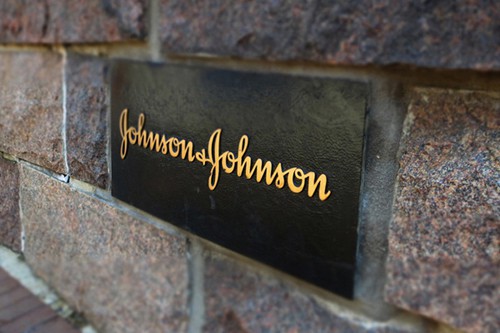
Johnson & Johnson (J&J) reported flat pharmaceutical sales in the second quarter, but says growth will gather speed in the second half of the year fuelled by new product approvals.
The group’s prescription drug division saw revenues fall 0.2% to $8.6bn, with big-selling immunotherapy Remicade (infliximab) contracting 14% to $1.53bn thanks to the onset of biosimilar competition from Pfizer’s Inflectra, Mundipharma’s Remsima and Samsung Bioepis’ Renflexis/Flixabi.
Currently only Inflectra is available in the US market – which accounts for two thirds of Remicade sales – but Samsung’s biosimilar is expected to be launched later this year adding to the pressure on J&J’s brand.
J&J chief executive Alex Gorsky told analysts that he is confident in the prospects for J&J’s important immunotherapy franchise, which along with Remicade also includes psoriasis and Crohn’s disease therapy Stelara (ustekinumab).
Despite a much more competitive operating environment with opposition from interleukin-17 (IL-17) inhibitors including Novartis’ fast-growing Cosentyx (secukinumab) – which outperformed J&J’s drug in head-to-head trials – Stelara still grew more than 22% to $983m in the second quarter.
Gorsky said that J&J expects to be able to grow Stelara at a “very strong rate” thanks to its solid data, the high prevalence of the diseases it treats and “a lot of unmet medical need”.
J&J now has an IL-23 inhibitor Tremfya (guselkumab) ready to take on Cosentyx and other IL-17-tageting competitors – Eli Lilly with Taltz (ixekizumab), and Valeant Pharmaceuticals with Siliq (brodalumab) – which claimed an earlier-than-expected FDA approval for psoriasis last week.
Gorsky said the new drug “represents a very significant opportunity going forward”, and analysts at Berenberg have predicted that the drug – which costs around $58,000 per year roughly in line with its biologic rivals – could reach more than $3bn at peak.
The company reckons Tremfya combines good efficacy with “Stelara-like safety” and a less intensive dosing regimen that will stand it in good stead in the market.
Overall J&J’s group sales rose almost 2% to $18.9bn in the second quarter, with novel oral anticoagulant (NOAC) Xarelto (rivaroxaban) rising 8% to $642m in the quarter and multiple myeloma therapy Darzalex (daratumumab) almost tripling to $299m compared to a year ago, thanks to expanded indications including second-line use.
This is the first set of financial results for J&J since it closed the acquisition of Swiss biotech Actelion, a specialist in pulmonary arterial hypertension (PAH), on June 16. While the deal came too late to have a significant impact on this quarter’s figures, Gorsky said he sees “great opportunities with this business – starting with the treatment of the disease itself, addressing PAH earlier, producing better outcomes and expanding into new patient populations”.




